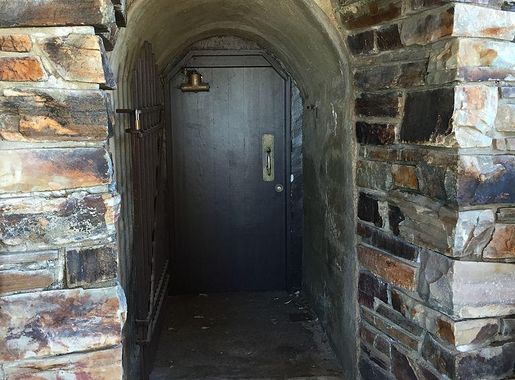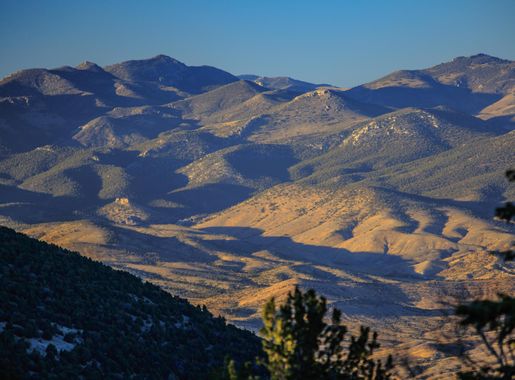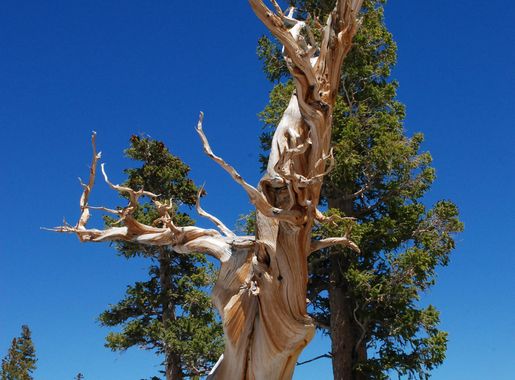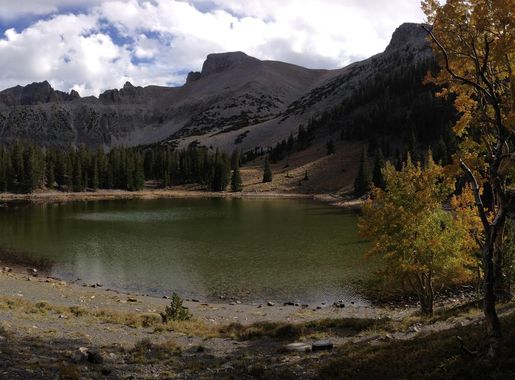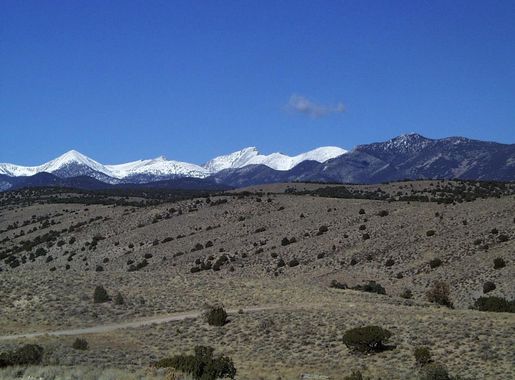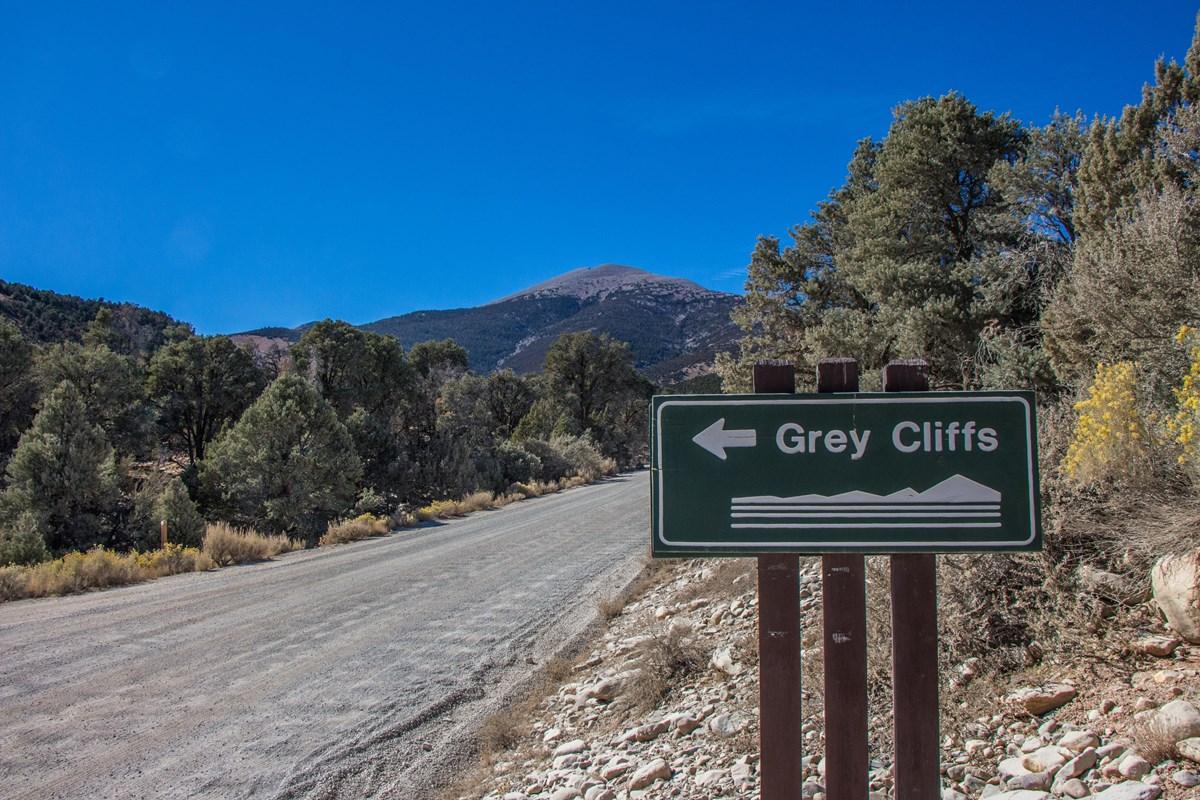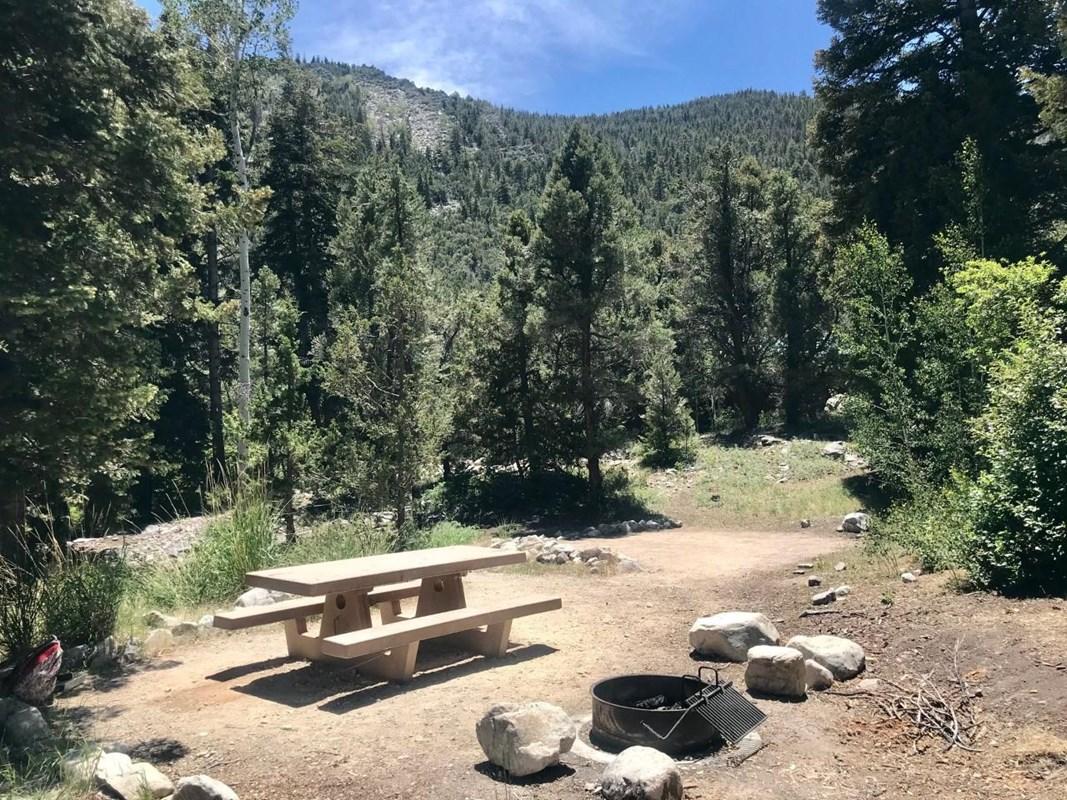
The Hidden Gem of Nevada: Great Basin National Park
Explore the diverse landscapes and rich history of Great Basin National Park, Nevada’s hidden gem with ancient trees, towering peaks, and starry skies.
Great Basin National Park in Nevada is a place of stunning contrasts. From the ancient bristlecone pines, some of the oldest living trees on Earth, to the towering Wheeler Peak, the second-highest peak in Nevada, the park offers a unique blend of natural wonders. The park's landscape is as diverse as it is beautiful, featuring limestone caves, alpine lakes, and expansive deserts. Visitors can explore the Lehman Caves, marvel at the star-filled skies, or hike through untouched wilderness. The park is home to a variety of wildlife, including mule deer, mountain lions, and a plethora of bird species. The flora is equally impressive, with sagebrush, aspen groves, and wildflower meadows adding to the park's charm. Each season brings its own unique beauty, from the wildflower blooms in spring to the snow-covered peaks in winter. Great Basin National Park is also a place of historical and cultural significance. The area has been inhabited for thousands of years, with evidence of Native American settlements and ancient petroglyphs. The park's visitor center offers a wealth of information on the history, geology, and ecology of the region.
Local tips in Great Basin National Park
- Visit Lehman Caves early in the day to avoid crowds and ensure a spot on the guided tour.
- Bring layers of clothing; temperatures can vary greatly between day and night.
- Check the weather forecast before hiking Wheeler Peak, as conditions can change rapidly.
- Take advantage of the park's dark skies by stargazing; the park is one of the best places in the U.S. for astronomy.
- Bring plenty of water and snacks, as there are limited services within the park.
- Visit in different seasons to experience the park’s changing landscapes and wildlife.
The Hidden Gem of Nevada: Great Basin National Park
Great Basin National Park in Nevada is a place of stunning contrasts. From the ancient bristlecone pines, some of the oldest living trees on Earth, to the towering Wheeler Peak, the second-highest peak in Nevada, the park offers a unique blend of natural wonders. The park's landscape is as diverse as it is beautiful, featuring limestone caves, alpine lakes, and expansive deserts. Visitors can explore the Lehman Caves, marvel at the star-filled skies, or hike through untouched wilderness. The park is home to a variety of wildlife, including mule deer, mountain lions, and a plethora of bird species. The flora is equally impressive, with sagebrush, aspen groves, and wildflower meadows adding to the park's charm. Each season brings its own unique beauty, from the wildflower blooms in spring to the snow-covered peaks in winter. Great Basin National Park is also a place of historical and cultural significance. The area has been inhabited for thousands of years, with evidence of Native American settlements and ancient petroglyphs. The park's visitor center offers a wealth of information on the history, geology, and ecology of the region.
When is the best time to go to Great Basin National Park?
Unmissable attractions to see
Lehman Caves Visitor Center
Discover the enchanting Lehman Caves Visitor Center in Great Basin National Park, a gateway to stunning geological formations and breathtaking natural beauty.
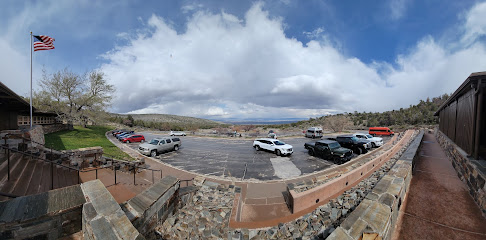
Great Basin Visitor Center
Explore the wonders of nature at the Great Basin Visitor Center, your essential resource for adventure in Nevada's stunning Great Basin National Park.
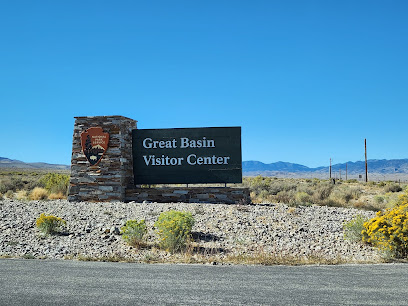
Lehman Caves
Explore the stunning limestone formations and rich geological history of Lehman Caves in Great Basin National Park, Nevada.
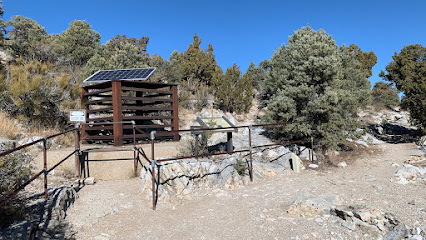
Mather Overlook
Experience the breathtaking beauty of Mather Overlook in Baker, Nevada, a stunning vista point perfect for relaxation and photography.
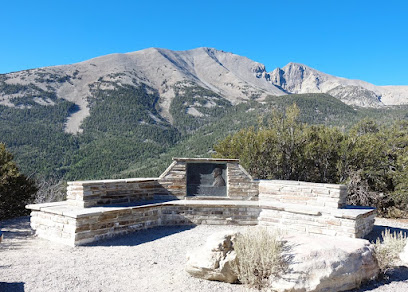
Baker Archaeological Site
Explore the ancient wonders of Nevada at the Baker Archaeological Site, where history and culture come alive in stunning desert scenery.

Lehman Caves Visitor Center Picnic Area
Experience the tranquility of nature at Lehman Caves Visitor Center Picnic Area, your gateway to Great Basin National Park's stunning landscapes.
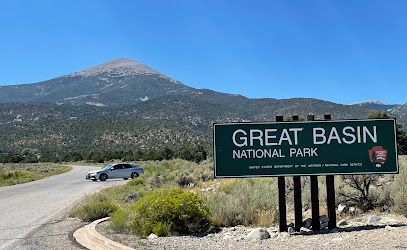
Lexington Arch
Explore the stunning Lexington Arch in Nevada, a captivating natural formation perfect for outdoor enthusiasts and photographers seeking breathtaking views.
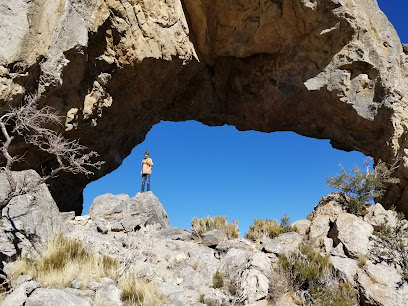
Pole Canyon Trailhead
Discover the breathtaking landscapes and hiking trails at Pole Canyon Trailhead, a serene escape into Nevada's natural beauty.

Lehman Creek Trail
Experience the breathtaking scenery and tranquility of Lehman Creek Trail, a hidden gem in Baker, Nevada, perfect for hiking enthusiasts.

Rhodes Cabin
Explore the historical charm of Rhodes Cabin in Nevada, a perfect blend of rich history and stunning natural landscapes.
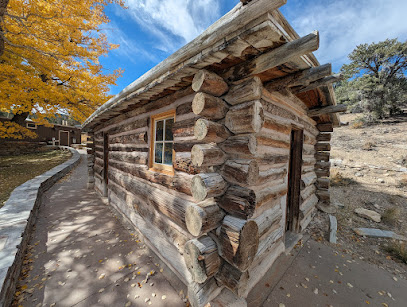
Serviceberry Trailhead
Experience the pristine beauty of Serviceberry Trailhead in Nevada, a premier destination for hiking enthusiasts and nature lovers alike.
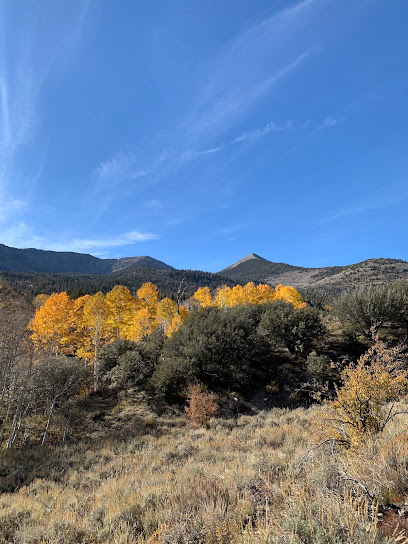
Snake Creek Primitive Campgrounds
Explore the serene beauty of Snake Creek Primitive Campgrounds in Nevada, a perfect destination for nature lovers and outdoor enthusiasts.
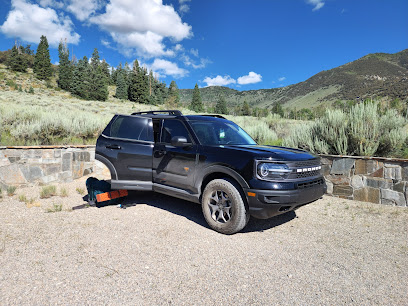
Snake Creek Trailhead
Explore the serene landscapes and diverse wildlife at Snake Creek Trailhead, a hidden hiking paradise in Nevada.
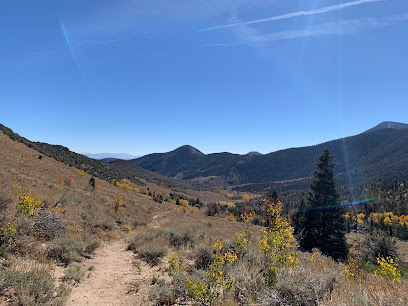
Lexington Arch Trailhead
Explore the breathtaking landscapes at Lexington Arch Trailhead, a hiking paradise in Nevada offering trails for all skill levels amidst stunning scenery.

Markets, malls and hidden boutiques
Great Basin National Park
Explore Great Basin National Park: A stunning mix of rugged mountains, ancient trees, and breathtaking stargazing awaits in Nevada's natural wonder.
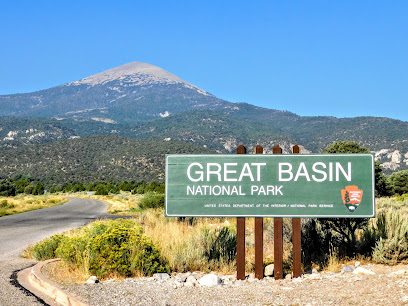
Lehman Caves Visitor Center
Explore the captivating underground world of Lehman Caves at the Visitor Center, your gateway to Great Basin National Park's geological wonders.
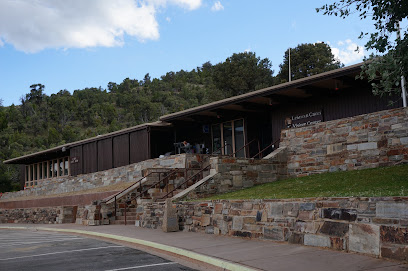
Great Basin Visitor Center
Discover the gateway to Great Basin National Park at the Great Basin Visitor Center, where nature's wonders await your exploration.
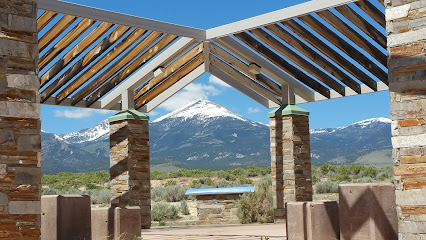
Border Inn Casino
Experience the excitement of gaming, dining, and history at Border Inn Casino in Baker, Nevada - a unique desert destination for all travelers.

Love's Travel Stop
Discover Love's Travel Stop in Ely, Nevada - your all-in-one destination for fuel, food, and travel essentials on the road.
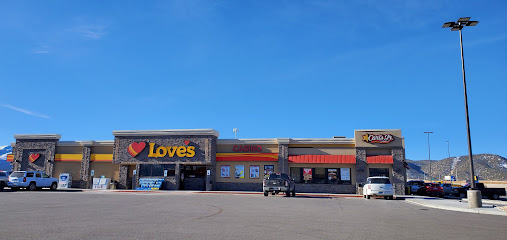
Lehman Caves
Discover the enchanting Lehman Caves in Great Basin National Park, a geological marvel filled with stunning formations and rich history.
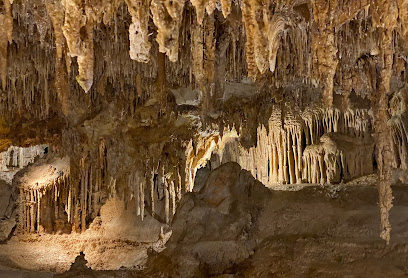
Stargazer Inn & Bristlecone General Store
Explore the delightful Stargazer Inn & Bristlecone General Store in Baker, NV, where art, comfort, and local charm converge for an unforgettable experience.
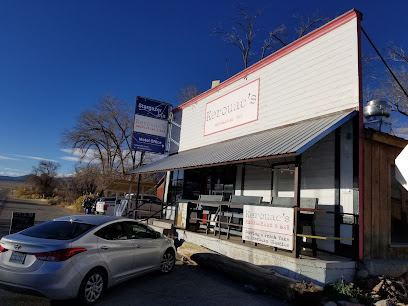
Whispering Elms Motel & RV Park
Discover the serene beauty of Baker, Nevada at Whispering Elms Motel & RV Park, your perfect getaway for exploring the Great Basin National Park.

Sugar, Salt & Malt Restaurant
Experience the flavors of Baker at Sugar, Salt & Malt Restaurant, where culinary creativity meets local ingredients in a cozy atmosphere.
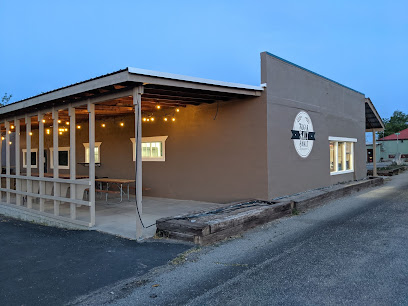
Mather Overlook
Discover breathtaking views at Mather Overlook, a serene vista point in Baker, Nevada, celebrating nature's beauty and John Muir's legacy.
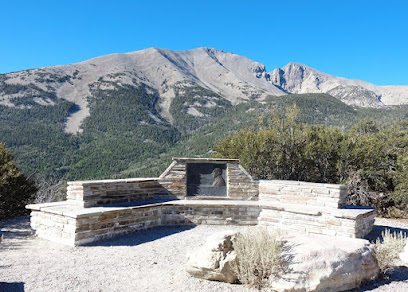
Great Basin Café
Experience the perfect blend of local cuisine and unique gifts at Great Basin Café in Baker, Nevada, a must-visit for travelers exploring the Great Basin.
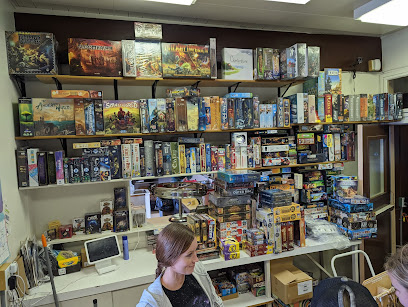
Hidden Canyon Retreat
Experience the tranquility of Hidden Canyon Retreat, a perfect escape in Nevada's stunning landscapes, ideal for nature lovers and adventure seekers alike.

Wheeler Peak Campground
Discover the beauty of Wheeler Peak Campground, where stunning landscapes and outdoor adventures await in Nevada's Great Basin National Park.
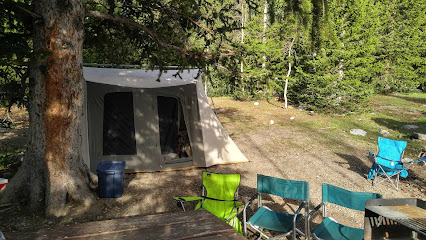
Baker Archaeological Site
Unveil the rich history of Nevada at the Baker Archaeological Site, where ancient artifacts meet stunning landscapes in a unique tourist attraction.
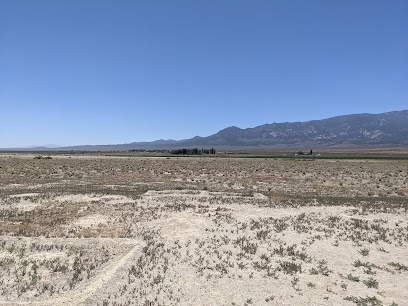
Upper Lehman Creek Campground
Explore the serene beauty of Upper Lehman Creek Campground, a perfect destination for camping, hiking, and stargazing in Great Basin National Park.
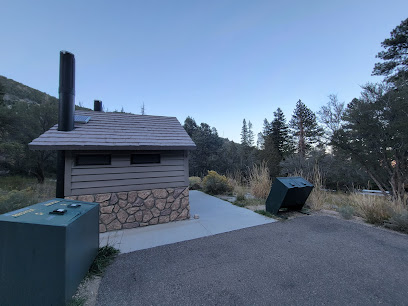
Essential bars & hidden hideouts
Great Basin National Park
Discover the serene landscapes and starry skies of Great Basin National Park, a remarkable national park in Nevada perfect for outdoor adventures.
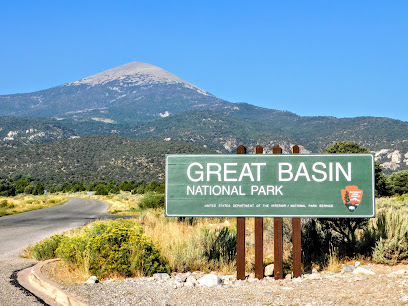
Prospector Hotel & Gambling Hall
Discover the Prospector Hotel & Gambling Hall: A perfect blend of comfort, excitement, and local charm in Ely, Nevada.
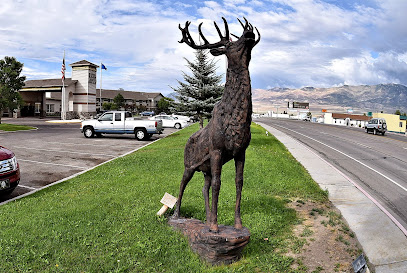
Great Basin Brewing Company ~ Reno
Discover Reno's craft beer culture at Great Basin Brewing Company, where exceptional brews meet delicious pub fare in a vibrant setting.
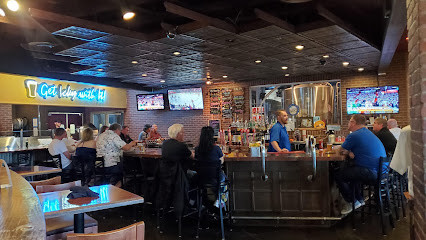
Great Basin Brewing Company ~ Sparks
Experience the best of Sparks at Great Basin Brewing Company, where craft beer meets delicious cuisine in a vibrant atmosphere.
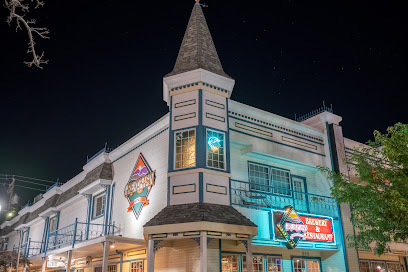
Racks Bar and Grill
Discover the vibrant culinary scene at Racks Bar and Grill in Ely, Nevada – where delicious flavors meet a welcoming atmosphere.
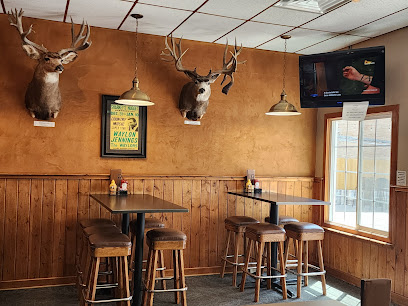
Great Basin Brewing Company - Carson City
Experience the best of American cuisine and craft beer at Great Basin Brewing Company in Carson City, a vibrant brewpub for every palate.
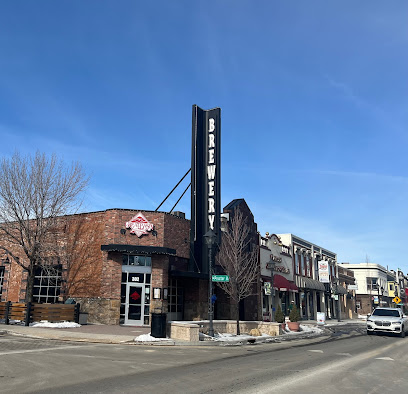
Side Track Restaurant
Experience the heart of American cuisine at Side Track Restaurant in Caliente, Nevada, where hearty breakfasts meet a warm, welcoming atmosphere.
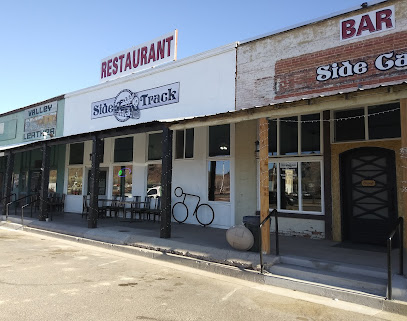
Lehman Caves Visitor Center
Unveiling the secrets of Great Basin National Park at the Lehman Caves Visitor Center, where adventure meets education amid stunning natural beauty.
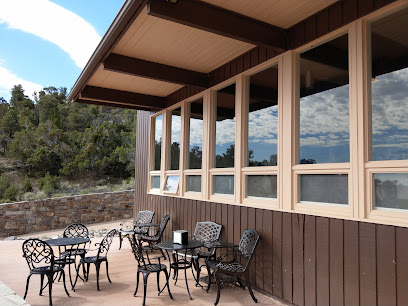
Great Basin Visitor Center
Explore the Great Basin Visitor Center for a gateway to Nevada's stunning national park, showcasing unique ecosystems, wildlife, and rich history.
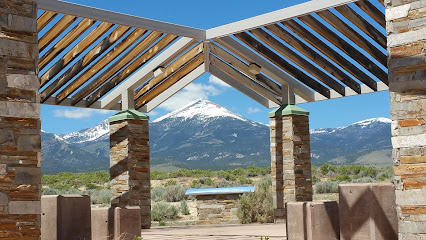
Border Inn Casino
Discover the vibrant charm of Border Inn Casino, where gaming, dining, and history blend seamlessly in Baker, Nevada.

Knotty Pine Restaurant and Lounge
Experience the heart of Caliente at Knotty Pine Restaurant and Lounge, where American cuisine meets local charm in a cozy setting.
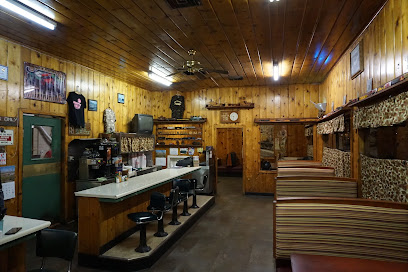
Lehman Caves
Discover the stunning Lehman Caves, a geological wonder in Nevada's Great Basin National Park, showcasing nature's beauty and history underground.
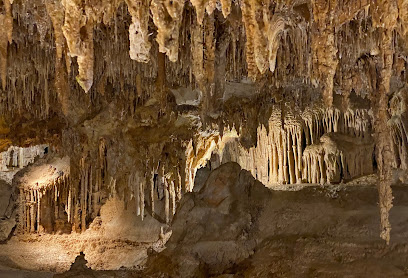
Stargazer Inn & Bristlecone General Store
Discover the charm of Baker, Nevada at the Stargazer Inn & Bristlecone General Store, your perfect stop for art, books, coffee, and cozy accommodations.
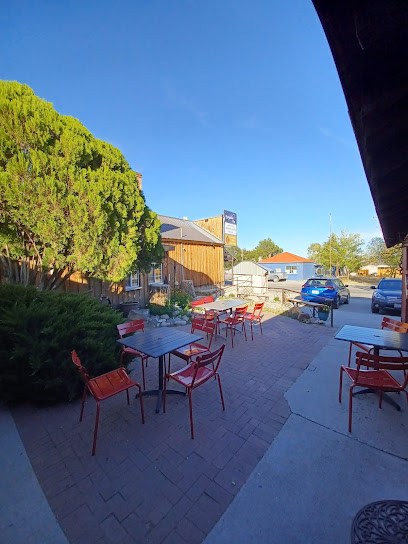
Pirates Landing
Experience delicious pizzas, mouthwatering chicken wings, and a lively atmosphere with live music and arcade games at Pirates Landing in Moapa Valley.

Iggy & Squiggy's Junction Bar & Grill
Experience the best of American grilled cuisine at Iggy & Squiggy's Junction Bar & Grill in Gardnerville, where flavor meets friendly service.
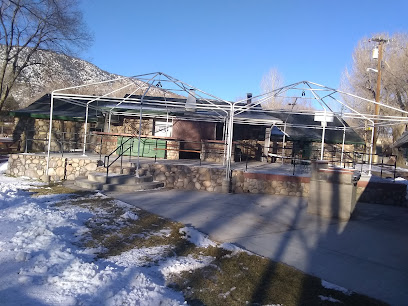
Local Phrases about Great Basin National Park
-
- HelloHowdy
[haw-dee] - GoodbyeSee ya
[see yah] - YesYep
[yep] - NoNah
[nah] - Please/You're welcomePlease/No problem
[pleez / no prob-lem] - Thank youThanks
[thanks] - Excuse me/SorryPardon me/My bad
[par-dn me / my bad] - How are you?Howdy
[haw-dee] - Fine. And you?Just dandy. You?
[just dan-dee. yoo?] - Do you speak English?Y'all speak English?
[yawl speak ing-glish?] - I don't understandI ain't gettin' it
[i aint get-tin it]
- HelloHowdy
-
- I'd like to see the menu, pleaseI'll take a gander at the menu, if ya don't mind
[eye'll take a gan-der at the menu, if yah dont mind] - I don't eat meatI don't do meat
[i dont do meat] - Cheers!Cheers!
[cheers] - I would like to pay, pleaseI reckon I'll settle up now, if that's alright
[i reckon eye'll set-tle up now, if thats alright]
- I'd like to see the menu, pleaseI'll take a gander at the menu, if ya don't mind
-
- Help!Help!
[help] - Go away!Git!
[git] - Call the Police!Get the Sheriff!
[get the sheriff] - Call a doctor!Fetch the doc!
[fetch the doc] - I'm lostI'm turned around
[im turned around] - I'm illI'm feelin' poorly
[im feelin poorly]
- Help!Help!
-
- I'd like to buy...I'm fixin' to purchase...
[im fix-in to pur-chase] - I'm just lookingI'm just browsin'
[im just brows-in] - How much is it?What's the damage?
[whats the dam-age] - That's too expensiveThat's a mite pricey
[thats a mite pricy] - Can you lower the price?Can ya do better on the price?
[can ya do bet-ter on the price]
- I'd like to buy...I'm fixin' to purchase...
-
- What time is it?What's the hour?
[whats the hour] - It's one o'clockIt's one on the dot
[its one on the dot] - Half past (10)Ten-thirty
[ten-thur-tee] - MorningMornin'
[morn-in] - AfternoonAfternoon
[after-noon] - EveningEvenin'
[even-in] - YesterdayYest'day
[yest-day] - TodayToday
[to-day] - TomorrowMorrow
[morrow] - 1One
[wun] - 2Two
[too] - 3Three
[three] - 4Four
[four] - 5Five
[five] - 6Six
[six] - 7Seven
[sev-en] - 8Eight
[ate] - 9Nine
[nine] - 10Ten
[ten]
- What time is it?What's the hour?
-
- Where's a/the...?Where's the...
[wheres the] - What's the address?Where's it to?
[wheres it to] - Can you show me (on the map)?Can ya point it out (on the map)?
[can ya point it out on the map] - When's the next (bus)?When's the next (bus)?
[whens the next bus] - A ticket (to ....)A ticket (to ....)
[a ticket to]
- Where's a/the...?Where's the...
History of Great Basin National Park
-
Great Basin National Park is home to some of the oldest living trees on Earth, the Bristlecone Pines. These ancient trees can live for more than 4,000 years and are a testament to the park's long and storied past. Located in the higher elevations of the park, particularly on Wheeler Peak and Mount Washington, these trees have weathered millennia of climatic changes and continue to thrive in this harsh environment.
-
Long before European settlers arrived, the Great Basin area was inhabited by Native American tribes, particularly the Western Shoshone. Archaeological evidence, such as petroglyphs and ancient tools, reveals that these early inhabitants had a deep connection with the land, relying on its diverse ecosystems for hunting, gathering, and shelter.
-
In the 19th century, European explorers and settlers began to traverse the Great Basin region. Notably, John Charles Frémont, an American military officer and explorer, documented his travels through the area in the 1840s. His reports and maps helped to open the region to further exploration and eventual settlement. The discovery of gold and other minerals led to a mining boom, bringing an influx of prospectors and settlers.
-
Great Basin National Park was officially established on October 27, 1986, to protect the unique natural and cultural resources of the region. The park encompasses over 77,000 acres and includes diverse landscapes, from the high peaks of the Snake Range to the low desert valleys. The park's creation was a significant milestone in the conservation of the Great Basin's unique ecosystems and historical sites.
-
Lehman Caves, a stunning limestone cave system within Great Basin National Park, was discovered by Absalom Lehman in the late 19th century. The caves are renowned for their intricate and delicate formations, including stalactites, stalagmites, and rare shield formations. Lehman Caves was designated a National Monument in 1922 and later incorporated into the national park, making it a key attraction for visitors.
-
Great Basin National Park is celebrated for its exceptionally dark skies, making it a premier destination for stargazing and astronomical research. The park's remote location and high elevation create ideal conditions for observing celestial phenomena. The annual Great Basin Astronomy Festival draws astronomers and enthusiasts from around the world to experience the park's pristine night skies.
-
The cultural heritage of Great Basin National Park is rich and diverse, reflecting the complex history of the region. From the ancient practices of the Western Shoshone to the pioneer spirit of early settlers, the park is a living museum of human interaction with the environment. Visitors can explore historic ranches, mining sites, and other cultural artifacts that tell the story of those who have lived and worked in the Great Basin.
Great Basin National Park Essentials
-
Great Basin National Park is located in eastern Nevada, near the Utah border. The nearest major airport is McCarran International Airport in Las Vegas, approximately 290 miles away. From Las Vegas, you can rent a car and drive to the park, which typically takes about 4 to 5 hours. Alternatively, Salt Lake City International Airport in Utah is about 234 miles away, with a drive time of approximately 4 hours. There are no direct public transportation options to the park, so renting a car is the most practical way to get there.
-
Once inside Great Basin National Park, private vehicles are the primary mode of transportation. The park has well-maintained roads that lead to major attractions like Lehman Caves and Wheeler Peak. There are no public transportation services within the park, so having your own vehicle is essential. Additionally, consider bringing a high-clearance vehicle if you plan to explore backcountry roads. Bicycles are allowed on paved and dirt roads but not on trails.
-
The official currency in the United States is the US Dollar (USD). Credit and debit cards are widely accepted at visitor centers and some local businesses in nearby towns like Baker. However, it's advisable to carry some cash, especially for smaller establishments and services. ATMs can be found in nearby towns, but it's a good idea to withdraw sufficient cash before heading into the park.
-
Great Basin National Park is generally a safe destination for tourists. However, standard safety precautions should be taken. Avoid hiking alone, especially in remote areas, and always inform someone of your plans. Be aware of wildlife and keep a safe distance from animals. Crime rates are low, but it's still wise to lock your vehicle and secure valuables. There are no specific high-crime areas targeting tourists.
-
In case of an emergency, dial 911 for immediate assistance. The park has a visitor center where you can get information and assistance. The nearest medical facilities are in Ely, Nevada, about 65 miles away. It is recommended to have travel insurance that covers medical emergencies. For minor health issues, there are first aid kits available at park facilities.
-
Fashion: Do wear comfortable, weather-appropriate clothing and sturdy hiking boots. Layers are advisable due to varying temperatures. Avoid wearing heavy perfumes or scented lotions, which can attract insects. Religion: Do respect any signs or guidelines at cultural or historical sites within the park. There are no specific religious customs to be aware of. Public Transport: Public transportation is not available, so don't rely on it for getting around the park. Greetings: Do greet fellow hikers and park visitors with a friendly wave or nod. It's customary to acknowledge others on the trail. Eating & Drinking: Do pack out all trash and food waste. Avoid feeding wildlife, as it can be harmful to them. Bring plenty of water, as dehydration is a risk in this arid environment.
-
To experience Great Basin National Park like a local, consider visiting during the off-peak seasons in spring and fall for fewer crowds and milder weather. Attend ranger-led programs for insightful information about the park's natural and cultural history. Don't miss the stargazing opportunities, as the park is renowned for its dark skies. For a unique adventure, explore the less-visited Lexington Arch or hike the Bristlecone Pine Trail to see some of the oldest trees in the world.

